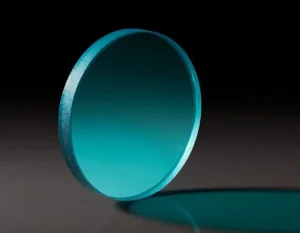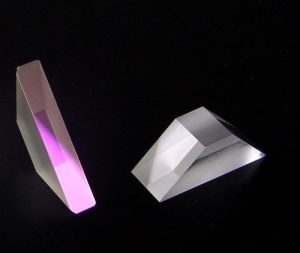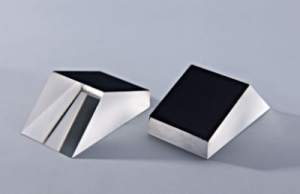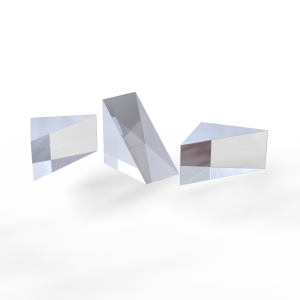Basic concepts and parameters of optical filters
1. Filter differentiation by spectral band:
Filters are divided into ultraviolet filters, visible filters, near-infrared filters, infrared filters, and far-infrared filters based on the length of the spectrum (i.e. the region where the spectrum is located).
The spectral wavelength range is as follows:
UV filter 180-400nm
Visible light filter 400-700nm
Near infrared filter 700-3000nm
Infrared filter above 3000nm~10um
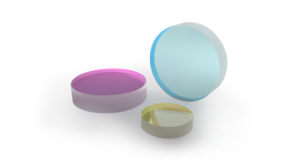
2. Distinguishing filters based on spectral characteristics:
Bandpass filter, cut-off filter, spectral filter, neutral density filter, reflection filter, negative filter.
What are the basic concepts and parameters of optical filters?
Bandpass type: Light passing through the selected wavelength band is cut off by light outside the passband. Its optical indicators mainly include center wavelength (CWL) and half bandwidth (FWHM). It is divided into narrowband and broadband. For example, narrowband 808 filter, NBF-808.
Short wave pass (also known as low wave pass): Light shorter than the selected wavelength passes through and light longer than that wavelength is cut off. For example, infrared cut-off filter, IBG-650.
Long wave pass (also known as high wave pass): Light longer than the selected wavelength passes through, while light shorter than that wavelength cuts off, such as infrared transmission filters, IPG-800.
3. Distinguish filters by film material:
Soft film filter, hard film filter;
Soft film filters are mainly used in biochemical analyzers; Hard film filters not only refer to the hardness of thin films, but more importantly, their laser damage threshold, so they are widely used in laser systems.
4. Explanation of terms related to filters:
Central wavelength (CWL): The wavelength used in practical applications of filters. If the main peak value of the light source is 850nm for LED lamps, the required central wavelength is 850nm.
Transmittance (T): Assuming that the initial value of light is 100% and there is some loss after passing through the filter, it can be estimated that the optical transmittance of this filter is only 85%. Simply put, it is the amount of loss. Everyone hopes that the smaller the loss, the better.
Peak transmittance (Tp)>85%: The extremely high value that the filter can pass through after loss is above 85%.
Half bandwidth (FWHM): Simply put, it refers to the wavelength corresponding to 1/2 of the extremely high transmittance, and the left and right wavelength values are subtracted. For example, if the peak value is 90%, 1/2 is 45%, and 45% corresponds to the left and right wavelengths of 800nm and 850nm, then the half bandwidth is 50nm.
Blocked: The transmittance corresponding to the cut-off zone. As it is very difficult to achieve a transmittance of 0%, it is important to know that the sun can turn underground trees into charcoal. It is difficult to cover everything up solely with this thin film. The only option is to choose a lower transmittance, which is better for unwanted spectral transmittance.
Cutoff band: An acceptable small area of unwanted wavelength.
Hard coating: Coating of oxide materials (such as Ta2O5, SiO2, etc.).
Soft film: In addition to oxide materials, such as fluoride (MgF2), sulfide, commonly used gold, silver, aluminum, etc.
Anti reflective film (AR): Anti reflective film that increases the penetrability of light and effectively utilizes light energy.
BBAR: Broadband antireflective film on the back.
High Reflection (HR): Light is returned or reflected more through a certain wavelength, such as in a mirror used in daily life.
High transmittance (HT): When light passes through a certain wavelength with less loss, such as glass windows used in daily use, it belongs to visible light high transmittance.
